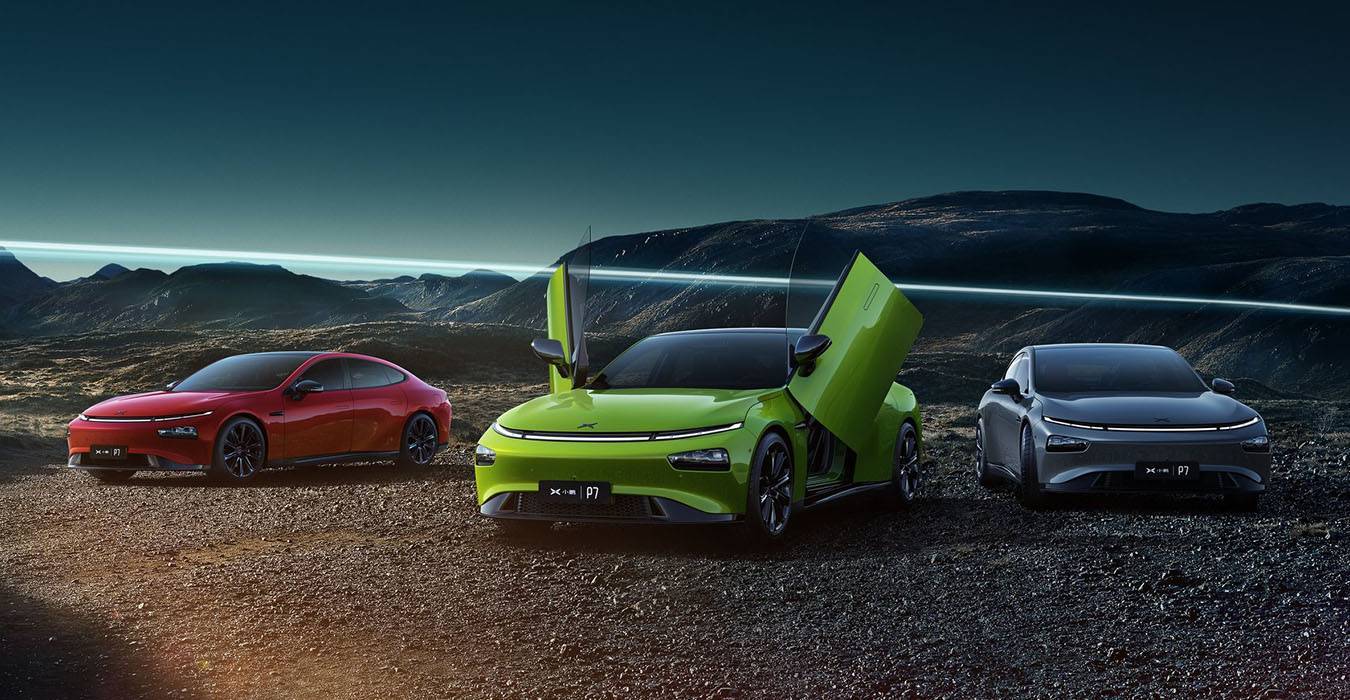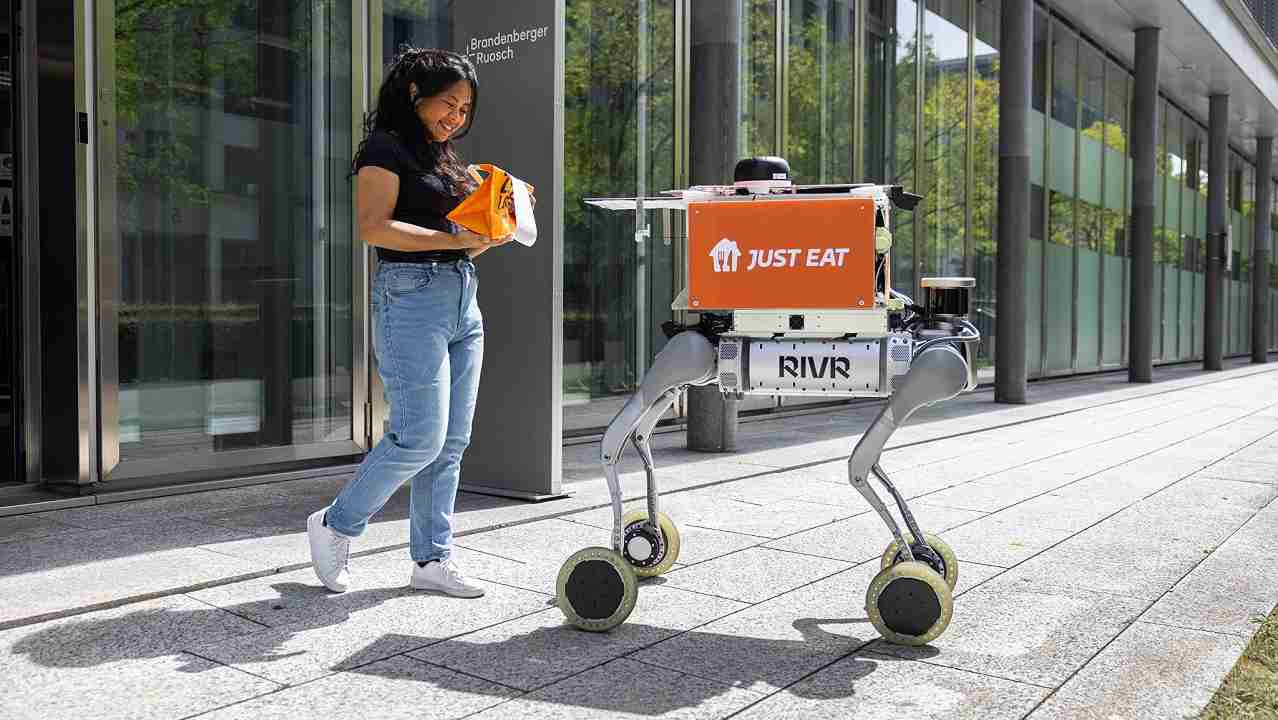While many automakers are integrating driver-assistance functions, the Chinese company Xpeng sets itself apart with a fundamentally deeper approach: positioning Artificial Intelligence not as an accessory, but as the core foundation of the vehicle. This philosophy is not only redefining the on-road driving experience but is also pushing the company towards the third dimension of mobility with the development of flying cars. Let’s analyze the technological innovations that make Xpeng a unique case study in the industry.
1. The Digital Brain: XOS Tianji and XNGP Autonomous Driving
The beating heart of the Xpeng ecosystem is XOS Tianji, the industry’s first in-car operating system to natively integrate advanced AI models for both the smart cockpit and autonomous driving. This unified approach allows for a level of system fluidity and intelligence that is unattainable with fragmented solutions.
The ultimate expression of this philosophy is the XNGP (Navigation Guided Pilot) assisted driving system. Unlike many competing systems that rely heavily on high-definition (HD) maps, XNGP is designed to operate in complex scenarios, such as chaotic Chinese urban streets, even in the absence of such mapping.
The key innovation lies in the software architecture. Xpeng has implemented XPlanner, a planning and control neural network model based on a transformer (an AI architecture similar to those powering models like GPT). This “end-to-end” system allows the vehicle to:
- Perceive and Understand: Analyze the surrounding environment in real-time through an impressive suite of sensors (LiDAR, high-resolution cameras, millimeter-wave radar).
- Think Like a Human: Interpret complex situations (unmarked intersections, unpredictable traffic, construction sites) and make driving decisions similar to those of an experienced human driver.
- Learn and Improve: Thanks to data collected from the fleet, the XPlanner model is constantly being trained and refined, improving its capabilities with over-the-air (OTA) updates.
Adding to this is the “AI Valet” function, which allows users to “teach” the vehicle a personalized route of up to 100 km (e.g., from home to the office). Once stored, the vehicle can replicate the journey autonomously, handling complex parking and maneuvers without human intervention.
2. The Concept of the “AI-Defined Vehicle”
When Xpeng talks about an “AI-Defined Vehicle,” it’s not just referring to autonomous driving. Artificial Intelligence permeates the entire user experience. The “Xiao P” voice assistant doesn’t just execute commands; it learns the driver’s habits and preferences, anticipating their needs—from climate adjustments and music selection to suggesting alternative routes based on past routines.
The AI thus becomes a proactive co-pilot, transforming the car from a passive tool into an interactive partner. While the idea of an AI physically “designing” the car’s bodywork is still futuristic, AI’s influence on functional design is already a reality: algorithms optimize the Human-Machine Interface (HMI), dynamically personalize displayed information, and adapt the vehicle’s parameters to the user’s driving style in real time.
3. The Third Dimension: XPENG AEROHT and Modular Innovation
Xpeng’s vision doesn’t stop at the pavement. Its affiliate, XPENG AEROHT, is one of the world’s most advanced entities in the development of Urban Air Mobility. Its most ambitious and technically fascinating project is the “Land Aircraft Carrier.”
This is a revolutionary concept based on modularity:
- The Ground Module: a massive 6-wheeled, 3-axle vehicle serves as the “mothership.” It’s not just a means of transport but also a mobile charging station. It is powered by a hybrid-electric system, capable of recharging the air module multiple times.
- The Air Module: Housed in the rear of the ground module is a fully electric, two-seater eVTOL (electric Vertical Take-Off and Landing) aircraft. This vehicle is a concentration of technology:
- Structure: Made from carbon fiber to maximize lightness and strength.
- Propulsion: A Distributed Electric Propulsion (DEP) system with multiple rotors ensures vertical takeoff and high redundancy, which is critical for safety.
- Control: It can be flown manually via a joystick or operate in an autonomous flight mode, where AI manages navigation, obstacle avoidance, and landing.
This modular approach elegantly solves two of the biggest problems for eVTOLs: limited range and ground-based logistics. The driver can travel to an area suitable for takeoff, detach the air module for the “last mile” by air, and, upon landing, rejoin the two modules to continue the journey on the road.
Conclusion: Beyond the Automobile, Towards Intelligent Mobility
Xpeng’s approach is a clear statement of intent. The company is not merely electrifying the automobile; it is building an intelligent mobility ecosystem whose backbone is Artificial Intelligence. From the neural networks that guide an SUV through city traffic to the algorithms that stabilize an eVTOL in flight, the core competency is the development and integration of advanced software into cutting-edge hardware.
While the mass commercialization of flying cars is still subject to enormous regulatory and certification challenges (though AEROHT has already secured important permits in China and anticipates first deliveries of the “Land Aircraft Carrier” in 2026), Xpeng’s strategy demonstrates that the most disruptive innovation lies not just in changing the engine, but in reinventing the very concept of the vehicle as an intelligent, multimodal platform.




